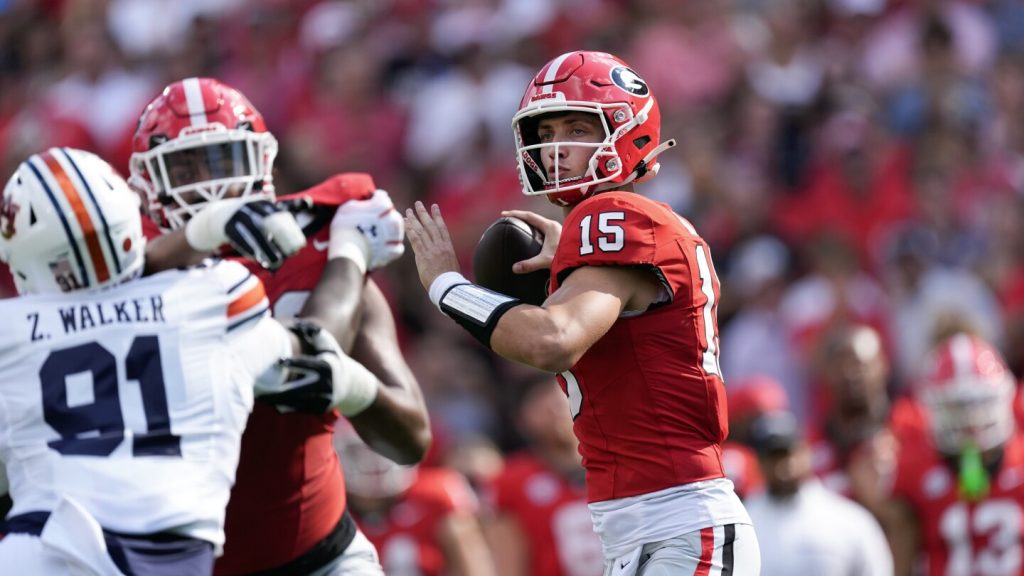A judge granted preliminary approval to a $2.78 billion legal settlement that would allow college athletes to be paid. The deal would transform college sports by establishing a revenue-sharing plan that would put millions of dollars into the pockets of athletes. The final hearing is set for April 7, 2025, coinciding with the end of college basketball’s March Madness. The agreement would allow schools to establish a pool of $21.5 million in the first year to distribute money to athletes while still allowing them to engage in name, image, and likeness deals with outside groups.
Former college athletes from as far back as 2016 will be able to apply for their share of $2.576 billion set aside to help them recoup money they could have made from NIL deals. Plaintiff attorney Steve Berman expressed pleasure at the potential revolutionary change in college athletics and the billions in revenue sharing that the settlement would bring. The approval comes after attorneys made changes to the settlement agreement to address the judge’s concerns, such as replacing the word “boosters” with a better-defined description for potential NIL deals.
The settlement sets up a revenue-sharing arrangement between schools and athletes, moving away from the traditional system where athletes played for scholarships and minimal expenses while coaches and departments earned millions. The $21.5 million figure is based on 22% of the average revenue generated by power conference schools through media rights and tickets. While not every school will contribute the full amount, those that do are working to find ways to fund the payments and maintain their sports programs, particularly non-revenue sports that contribute to U.S. Olympic rosters.
The settlement also establishes a framework to regulate future NIL deals and replaces scholarship caps with “roster limits,” which will increase to 105 for football. The impact of these changes on Title IX and the distribution of funds between sports remains uncertain. Critics have raised concerns about potential violations of Title IX as the majority of the money is expected to go to football and men’s basketball players. The settlement resolves three major antitrust lawsuits against the NCAA and is estimated to provide over $20 billion in payments and benefits to college athletes over ten years.
The $21 million that schools will distribute represents a small fraction of an NFL salary cap but marks significant progress in reforming the college sports system. Despite the transformative nature of the settlement, questions remain about the longevity of the terms, especially regarding players’ rights to unionize and be considered employees. The NCAA is advocating for federal legislation to create a streamlined policy for NIL, which is currently governed by a patchwork of state laws, legal settlements, and NCAA rules. The settlement signifies a significant step towards a new era for college sports, with a focus on fairness and equity for student-athletes.


